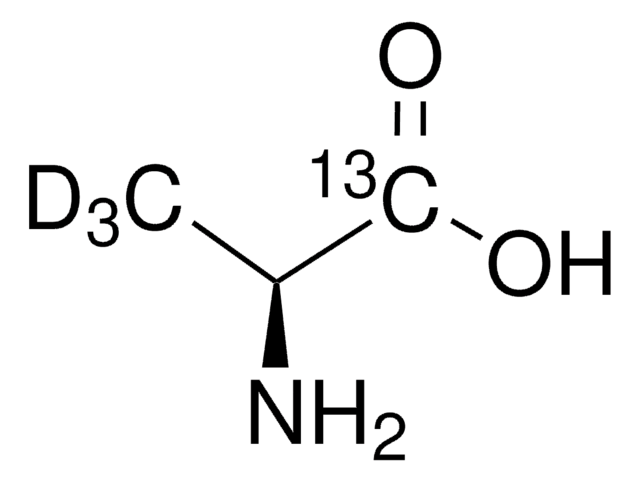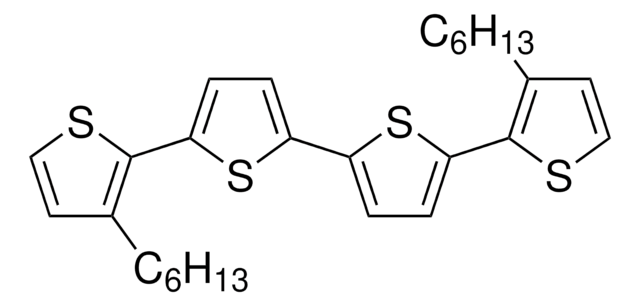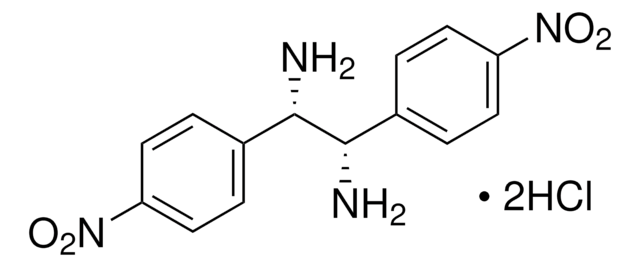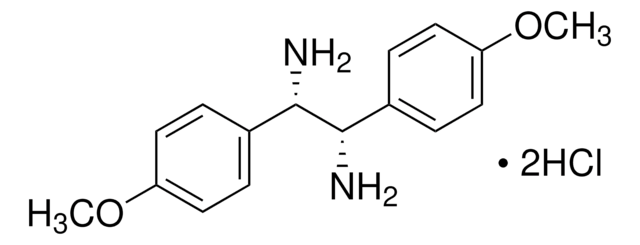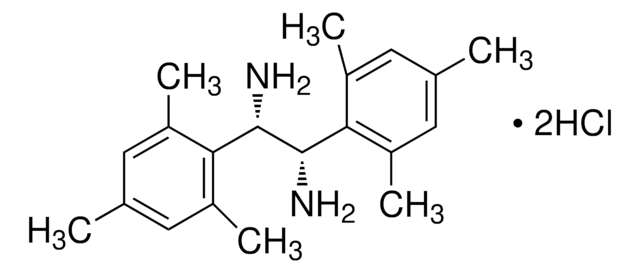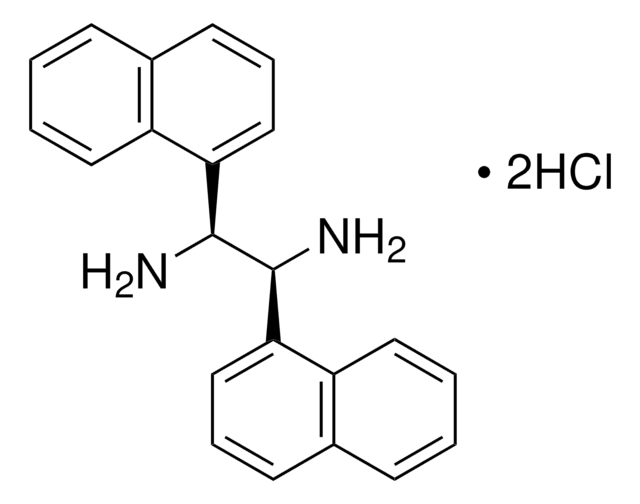SML3237
G-5555
≥98% (HPLC)
Synonym(s):
8-(((2r,5r)-5-Amino-1,3-dioxan-2-yl)methyl)-6-(2-chloro-4-(6-methylpyridin-2-yl)phenyl)-2-(methylamino)pyrido[2,3-d]pyrimidin-7(8H)-one, 8-[(trans -5-Amino-1,3-dioxan-2-yl)methyl]-6-[2-chloro-4-(6-methyl-2-pyridinyl)phenyl]-2-(methylamino)pyrido[2,3-d ]pyrimidin-7(8H )-one
About This Item
Recommended Products
Quality Level
Assay
≥98% (HPLC)
form
powder
color
white to beige
solubility
DMSO: 2 mg/L, clear
storage temp.
−20°C
1 of 4
This Item | 684120 | 684104 | 684147 |
|---|---|---|---|
| assay 97% | assay 96% | assay 95% | assay 97% |
| Quality Level 100 | Quality Level 100 | Quality Level 100 | Quality Level 100 |
| form powder | form powder | form solid | form powder |
| mp 202-207 °C | mp 235-239 °C | mp >300 °C | mp 219-224 °C |
| optical activity [α]22/D -84.0°, c = 1 in H2O | optical activity [α]22/D +11°, c = 1 in H2O | optical activity [α]20/D −129°, c = 1 in H2O | optical activity [α]22/D +258.0°, c = 1 in H2O |
| functional group amine | functional group amine | functional group amine | functional group amine |
General description
Biochem/physiol Actions
Storage Class Code
11 - Combustible Solids
WGK
WGK 3
Flash Point(F)
Not applicable
Flash Point(C)
Not applicable
Choose from one of the most recent versions:
Certificates of Analysis (COA)
It looks like we've run into a problem, but you can still download Certificates of Analysis from our Documents section.
If you need assistance, please contact Customer Support
Already Own This Product?
Find documentation for the products that you have recently purchased in the Document Library.
Articles
Flexible electronic circuits, displays, and sensors based on organic active materials will enable future generations of electronics products that may eventually enter the mainstream electronics market.
Self-Assembled Nanodielectrics (SANDs) for Unconventional Electronics
Oligothiophenes are important organic electronic materials which can be produced using synthetic intermediates and Suzuki coupling.
Optoelectronic devices such as light-emitting diodes (LEDs), solar cells, and light-emitting field effect transistors (FETs) that utilize organic materials as their light harvesting and/or charge transporting component have been the subject of much academic and commercial attention.
Our team of scientists has experience in all areas of research including Life Science, Material Science, Chemical Synthesis, Chromatography, Analytical and many others.
Contact Technical Service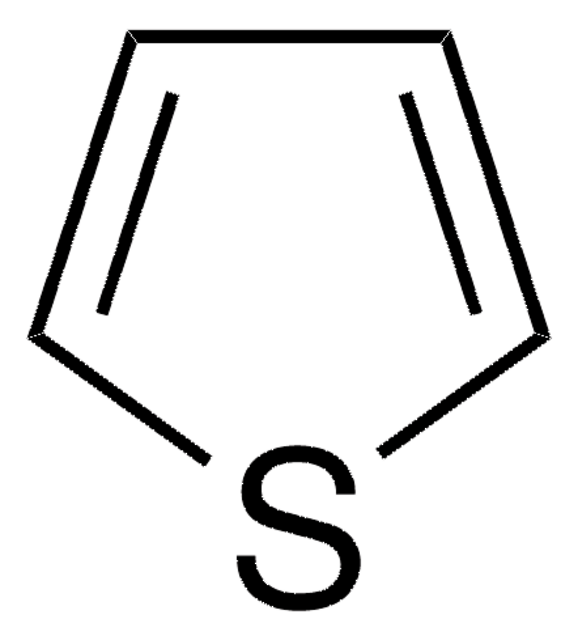

![Dinaphtho[2,3-b:2′,3′-f]thieno[3,2-b]thiophene sublimed grade, 99%](/deepweb/assets/sigmaaldrich/product/structures/196/451/8a650b8e-abbb-4ef1-9be4-73f223165062/640/8a650b8e-abbb-4ef1-9be4-73f223165062.png)

